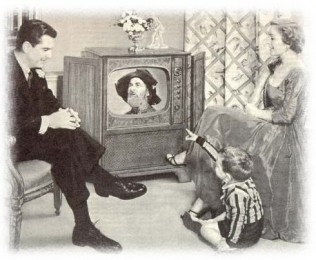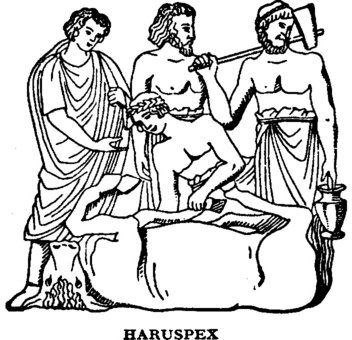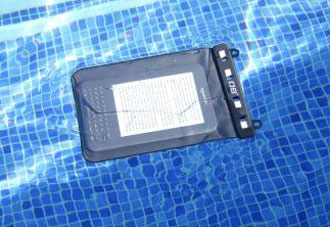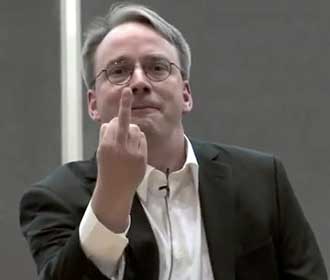 Microsoft’s several-hour outage of the cloud-based Visual Studio Online services might have been a PR disaster, but Redmond appears to have won the hearts and minds of its customers by actually doing the right thing.
Microsoft’s several-hour outage of the cloud-based Visual Studio Online services might have been a PR disaster, but Redmond appears to have won the hearts and minds of its customers by actually doing the right thing.
Computer World spend the day ringing around hoping to find a “moaning customers” story but was surprised to find hat Microsoft’s customers were happy at the way that the outage was handled.
Apparently Redmond did something radical – it did not spin, it did not pretend that nothing happened, and it provided customers with the information they really needed.
The genius behind this strategy was, Brian Harry, a Microsoft Technical Fellow, corporate vice president, and product unit manager for Team Foundation Server.
Writing in his bog, Harry said detailed the August 14 outage of Visual Studio Online, the cloud service designed to help development teams manage complex projects.
Visual Studio Online was offline in some regions late Wednesday and early Thursdaybut troubles mounted Thursday morning until they became a total outage that lasted five-and-a-half hours.
“This duration and severity makes this one of the worst incidents we’ve ever had on VS Online,” Harry admitted.
Harry apologised for the outage dove into a technical explanation of what triggered the blackout, and laid out some steps the team planned to take to stymie a repeat.
“We’ve gotten sloppy. Sloppy is probably too harsh. As with any team, we are pulled in the tension between eating our Wheaties and adding capabilities that customers are asking for,” said Harry. “In the drive toward rapid cadence, value every sprint, etc., we’ve allowed some of the engineering rigor that we had put in place back then to atrophy — or more precisely, not carried it forward to new code that we’ve been writing. This, I believe, is the root cause.”
Customers loved this approach and in the comments they praised his candour. “Let me simply say: nice analysis write-up, that was refreshingly direct,” said Benjamin Treynor in a comment appended to Harry’s piece.
“A perfect template for no BS straight talking. Well done, very impressed,” added someone identified only as “Craig” in a latter comment. “Lots of good lessons in there, too, that we can all benefit and learn from.”
Harry’s admission that Microsoft’s push for a faster pace was behind the outage might have won him the support of customers, but it does not bode well for his internal political future. Microsoft is on a mission to accelerate development and its release “mobile-first, cloud-first” strategy.
Still there cannot be many in Microsoft who can see their product fail and still get their customers to support them. At this rate, Harry should be made PR manager.
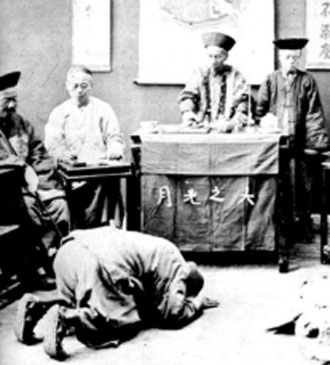 Microsoft CEO Satya Nadella appears to be packing his suitcase to visit China in late September in a move which might be an attempt to sort out the government’s rejection of his company’s software.
Microsoft CEO Satya Nadella appears to be packing his suitcase to visit China in late September in a move which might be an attempt to sort out the government’s rejection of his company’s software.